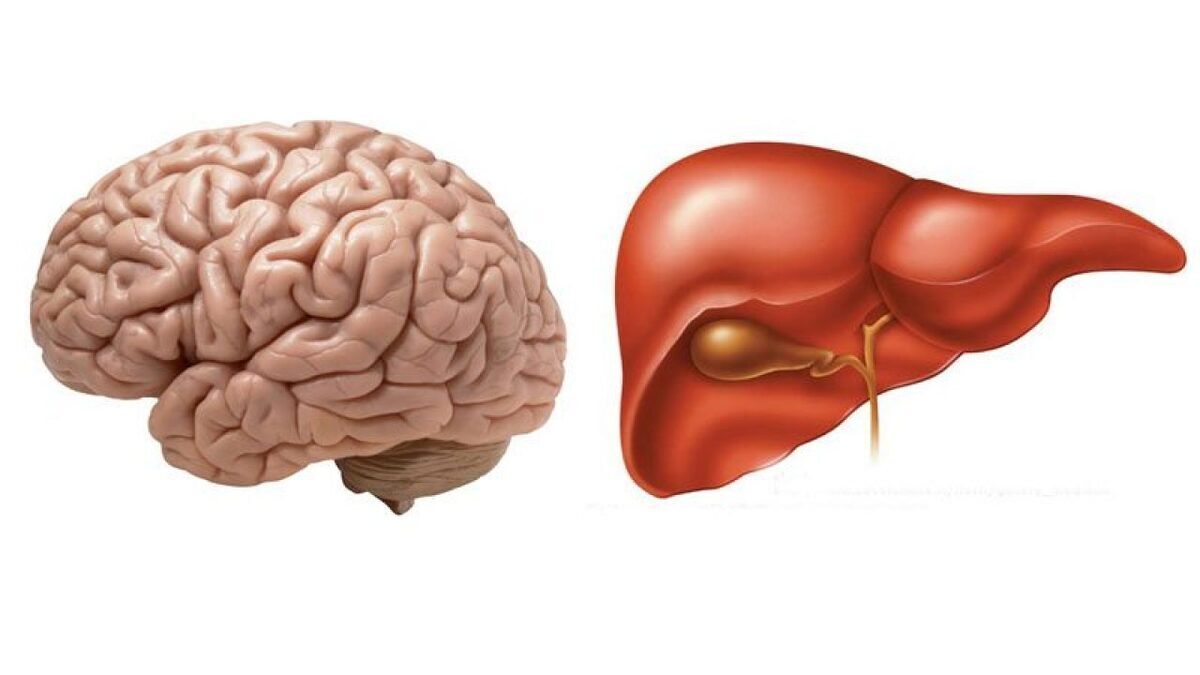How Your Body’s Clocks Can Cause Weight Gain

The research suggests that this neural connection could be a promising therapeutic target for treating obesity and metabolic disorders related to circadian rhythm disruptions, the journal Science reported.
In mammals, circadian rhythms are controlled by the suprachiasmatic nucleus (SCN) – a small part of the brain’s hypothalamus that regulates the body’s circadian rhythms. This cycle triggers a feedback loop involving key clock genes that keep time in the body. Although the SCN manages overall timing, nearly all cells in the body – including those in the liver – have their own internal clocks.
While the brain’s master clock in the SCN is set by light cues, resulting in a ~24-hour cycle, the liver’s molecular clock is especially responsive to eating patterns. Synchronizing the light-based SCN clock with the liver’s food-based clock is crucial for balanced metabolism.
When these clocks fall out of sync, through shiftwork or jetlag experienced by humans, for example, it can lead to serious health issues, including a higher risk of cardiometabolic disease and type 2 diabetes. Although these consequences are well known, the mechanisms through which circadian desynchronization between the liver and brain occurs are poorly understood.
To explore the relationship between liver circadian rhythms and feeding behavior, Lauren Woodie and colleagues deleted the core clock components REV-ERB⍺ and REV-ERBβ in mouse liver cells. The authors found that mice with liver clock gene deletions exhibited disrupted feeding rhythms, consuming more calories during their resting phase and throughout the 24-hour cycle.
This confirms that rhythmic activity in this feeding center requires a rhythmic liver. However, when the hepatic vagal afferent nerve (HVAN) – which creates a channel of two-way communication between the brain and the liver – was severed, the overeating behavior in these mice caused by gene deletion in the liver was alleviated.
“The implication of the findings of Woodie et al. is that the circadian-disrupted liver sends signals to the arcuate nucleus to drive disordered eating and that this circuit explains the obesity seen in response to prevalent human circadian and sleep disruption,” write Noelia Martinez-Sanchez and David Ray in a related Perspective. “Identification of this pathway opens the opportunity to reverse the human epidemic of obesity.”
4155/v
























